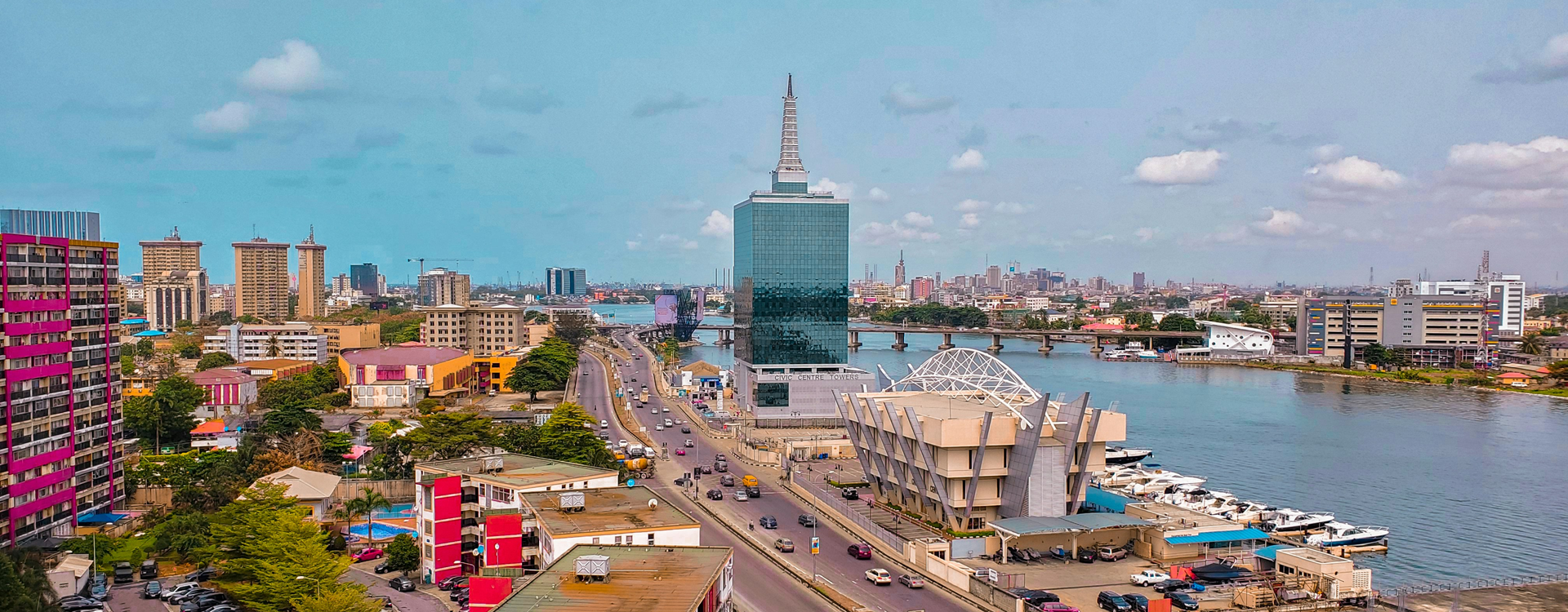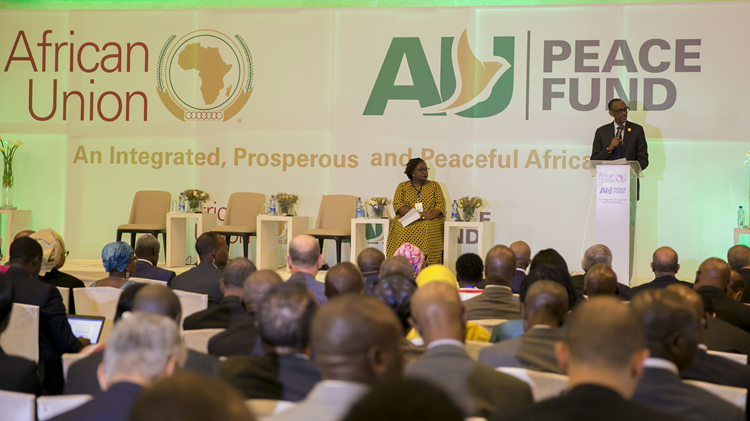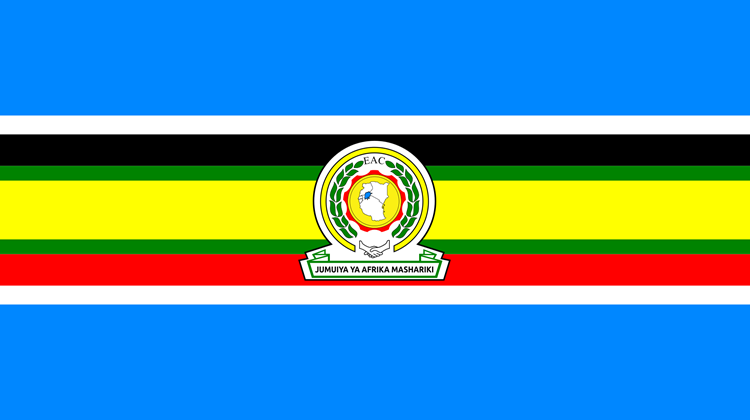Can Nigeria govern for tomorrow, today?

Strategic foresight may be Nigeria’s best hope to shift from reactive crisis management to future-fit, youth-driven governance.
As Nigeria braces for a population of 380 million by 2043 and an alarming 89 million people projected to live in extreme poverty by 2040, a fundamental question emerges: can the country redesign governance for a future it has not yet seen?
If Nigeria is to thrive in a world shaped by climate shifts, geopolitical turbulence and technological acceleration, it must adopt proactive, long-term policymaking. A new mode of leadership must emerge, one that is anticipatory, inclusive and grounded in foresight. Strategic foresight is the practice of systematically exploring possible futures to inform better decisions today. This reform reimagines policymaking as a tool for intergenerational equity, inclusive growth and strategic advantage in an uncertain world.
For Nigeria to thrive, leadership must emerge as anticipatory, inclusive and grounded in foresight
For Nigeria, foresight is not a luxury but rather a necessity. In times of turbulence, it matters as governments must evolve from crisis responders to future-shaping institutions. Most policymaking is short-term and reactive, whereas anticipatory governance requires planning for long-term risks and opportunities. The politics of the present often resist long-term thinking. Electoral cycles, vested interests and institutional inertia can derail future-focused agendas. Yet, the costs of inaction are not theoretical; they are already showing in insecurity, economic fragility and institutional erosion. The mismatch between population growth and state capacity is fuelling unemployment and migration and is deepening inequality. Without urgent governance reform, these pressures will intensify and could overwhelm Nigeria’s institutions. Strategic foresight can equip institutions to anticipate disruptions, stress-test policy choices and embed long-term resilience. In an era of permacrisis, climate change, AI disruption and geopolitical realignment, countries that fail to govern for tomorrow may not govern at all.
In the recent AFI-ISS analysis, there are two contrasting scenarios for Nigeria’s path to development: the Current Path leading to a business-as-usual future, or a high-growth, sustainable and reform-driven future.
Under the Current Path, Nigeria’s GDP will double from US$449 billion in 2025 to US$888 billion by 2043. However, GDP per capita will stagnate due to explosive population growth. By 2040, Nigeria will have 89 million extremely poor people, which is the highest number globally. The demographic dividend, which is the point where the working-age population significantly boosts economic growth, is delayed until 2060. Government revenue, on the other hand, remains dangerously low, at just 8% of GDP.
If Nigeria accelerated reforms in agriculture, manufacturing and public finance, the future shifts dramatically. Strategic investment in agriculture could rapidly reduce poverty in the near term, especially in rural regions. A determined focus on manufacturing using the potential of regional trade through the African Continental Free Trade Area (AfCFTA) to incentivise value-add could catalyse longer-term growth. Demographic transformation through health, basic infrastructure and education reforms could deliver a demographic dividend by 2043, not 2060, which is a 20-year gain and with a 13% revenue-to-GDP ratio by 2043. The government would still trail global averages, but fiscal space for development would significantly improve. These projections underscore a crucial reality, which is that foresight without reform is meaningless. Yet reform without foresight is blind.
The pillars of Nigeria’s foresight framework
To move from possibility to practice, Nigeria needs an institutional shift that embeds long-term thinking into today’s governance procedures. There are three foundational pillars to incorporate futures thinking across all levels of governance to move beyond ad-hoc responses to long-term resilience. These are institutionalisation, inclusion and future-fit finance. For foresight to stick, it must go beyond frameworks and become part of Nigeria’s policy muscle memory.
The first example is the creation of policy labs designed to test long-term policy impacts across sectors. These labs, as explored by institutions like the Policy Center for the New South, would be tied to national development planning cycles, ensuring that 25-year horizons are not theoretical add-ons but embedded in budget allocations and performance metrics. With over 70% of Nigerians under 30, Nigeria could implement intergenerational impact assessments to be standardised across new policies. Much like environmental assessments, these would examine how today’s policies shape opportunities for tomorrow’s citizens.
Another implementation is thedigital co-creation platforms that crowdsource ideas from young Nigerians, particularly on education, job readiness and the digital infrastructure. Dr Agbiti-Douglas of the Nigeria Youth Futures Fund notes that we keep talking about preparing youth for the future, but what if the youth are already preparing us? These platforms are essential to crafting policies with legitimacy and real-world traction. There is value in triangulating data, youth voices and evidence-based policy.
The final pillar is finance and future infrastructure, which includes investments in climate-smart infrastructure and innovation finance to future-proof the economy. For instance, the Future Generations Fund, modelled in part on global best practices, would channel investments into climate-resilient agriculture (especially for smallholder farmers), technology sovereignty through locally produced ICT and infrastructure, and skills development in green and digital sectors.
Progress with the above requires Nigeria to face uncomfortable truths, particularly the need to tame its demographic momentum to unlock a potential demographic dividend, where the working-age population significantly outnumbers dependants. It requires a deliberate reduction in fertility rates, which can only be achieved through education, partnership with traditional and religious leadership and enabling full access to modern contraceptives. Nigeria’s current population growth rate is incompatible with sufficient job creation, infrastructure provision and education targets. Unless Nigeria accelerates this process, its youth bulge could become a “demographic time bomb” that overburdens healthcare, education and employment systems. Population growth is not Nigeria’s main challenge; it is chronic underinvestment that leaves millions without access to services. Rather than centring the conversation around birth rates, it should be about enabling income growth for its existing population, skills development, job readiness and the digital economy. None of this is possible at current population growth rates.
In the near term, agriculture remains Nigeria’s most powerful tool for poverty reduction and rural stabilisation. Investments in irrigation, agricultural extension services, agro-processing and food value chains can generate employment at scale. Over the long term, manufacturing and regional trade integration must drive economic transformation. This includes reorienting education systems toward labour-intensive exports, green tech and digital services. Agriculture gets people out of poverty. Industry keeps them out. This combined approach allows Nigeria to absorb, equip and elevate its growing population and not merely contain it.
In Nigeria, agriculture gets people out of poverty; industry keeps them out
Nigeria’s foresight efforts do not exist in a vacuum. They are unfolding against the backdrop of global momentum around intergenerational justice and future preparedness, most notably through the United Nations Pact for the Future and its accompanying Declaration on Future Generations (DFG). The DFG calls on governments to protect the rights of future citizens by embedding long-term thinking in law, budgeting and national planning. Nigeria can be a continental frontrunner in domesticating these global commitments. By integrating foresight into national policy through institutional innovation, budgeting tools and accountability mechanisms. Nigeria can set the pace for how UN ideals can translate into concrete national reforms.
The real test for Nigeria will inevitably lie in social ownership. Anticipatory governance must be built on a compact across government, industry, academia and civil society, which is often referred to as the “quadruple helix” model. This approach recognises that shaping the future cannot be the task of the state alone, but must involve coordinated input from knowledge producers, the private sector and the public. Encouragingly, recent efforts such as the high-level foresight workshop in Abuja in collaboration with AFI-ISS signal growing political will to embed futures thinking in national policy. Turning political will into legislative action and dialogue into systems change is essential. Nigeria can chart a roadmap for transitioning from crisis management to resilience building but achieving this transformation requires deliberate state-led coordination, strong political leadership and cross-sector collaboration. Progress will depend not only on foresight tools and planning frameworks, but also on the sustained political momentum to institutionalise them. If implemented effectively, this transformation could mark one of the continent’s most significant governance innovations in a generation. In a region too often caught in reactive cycles, Nigeria has a chance to lead beyond vision and by example; it will be able to deliver for tomorrow’s realities.
Image: Nupo Deyon Daniel/Unsplash
Read the full recently updated country analysis of Nigeria here.






